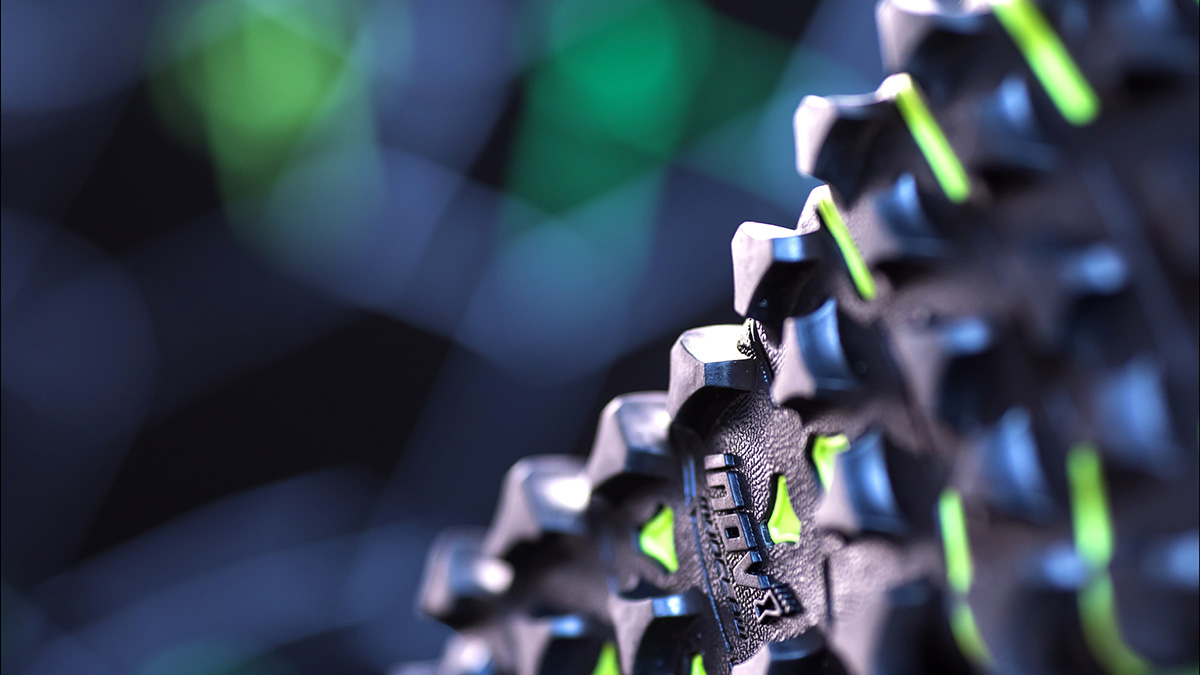Two-hundred times stronger than steel, more conductive than copper, and lighter than carbon fiber, graphene is making waves in almost every industry. Electronics, outdoor sports, and cars are just a few of the places where we’re already seeing this amazing material making things stronger and lighter.
Discovered in 2004, graphene is a single layer of carbon atoms connected as hexagons. It can’t (yet) be used on it’s own, but added to other materials, it lends super qualities. Carbon fiber is lighter and stronger with graphene. Lithium charges faster with graphene. Rubber is more durable with graphene.
Though still difficult and expensive to make, graphene is starting to be incorporated into outdoor gear. Below are a few of the best products coming soon to the market.
Inov-8 teamed up with researchers at the University of Manchester, the birthplace of graphene, to make a better compound for shoe soles. Coming summer 2018, the Inov-8 G-series trail runners use graphene in the soles so they are 50 percent stronger, 50 percent more stretchy, 50 percent more durable than rubber on its own. According to a Inov-8 rep, there will be three options in the G-series: “one perfect for fell, mountain, cross-country, and obstacle-course runners; one for trail and ultra distance runners; and one for CrossFit/fitness athletes.” Shoes will be priced between about $195-$210.
The Monster line of skis from Head uses graphene in the tip and tail to add rigidity without the extra weight. These savings means the company can add more titanal to make the ski more responsive. The Monster 98 is a stiff but light all-mountain ski that feels surfy on the powder and likes to go fast.
The Mixino helmet from Catlike incorporates graphene nanofibers into the skeleton. Lighter and stronger than a traditional helmets, the Mixino has massive vents to keep you cool and your noggin safe.
Combining graphene and an epoxy resin originally used by the European Space Agency, Dassi has made a carbon fiber that’s 30 percent lighter and twice as strong. The handmade Interceptor bike weighs less than 25 oz in the frame. The goal is to eventually have a 13 oz frame so the entire bike will only weigh 6.5 pounds. (You can have one custom-made if you want to spend a bit more.)
The Apollo graphene battery pack is about the same size as all your other battery packs, but charges in as little as 20 minutes. With the USB-C connection, you can charge gadgets as big as your laptop. The reduced internal resistance means it doesn’t get as hot making it safe. Look for these to start shipping March 2018.
Once graphene becomes a cheaper and easier to make, we’ll definitely be seeing more of the super material.







